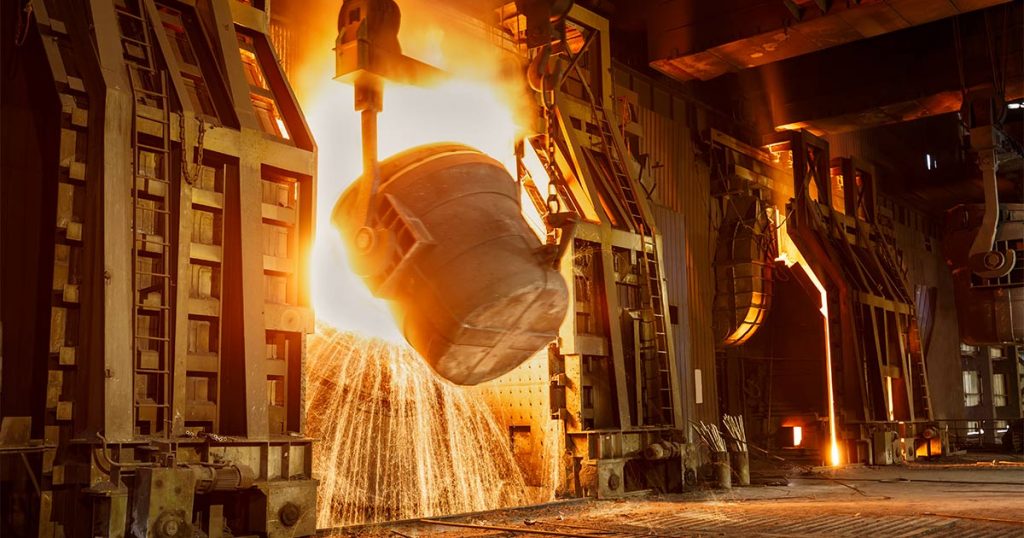Disco pushes back steel plant commissioning date
Dinson Iron and Steel Company (Disco), a subsidiary of China’s Tsingshan Holding Group, has rescheduled the commissioning of its Manhize integrated steel plant to the first quarter of next year, a senior company official has confirmed.
The company had initially aimed to commence operations at the plant, which is 80 percent complete, in December this year. Iron ore mining operations have already commenced.
The company’s projects director, Mr Wilfred Motsi confirmed the delay, but was unable to provide further details.
Disco, however, has been in contact with regional and international steel sales agents as it readies for imminent production.
Disco is constructing a $1 billion steel and iron plant in Manhize, approximately 200 kilometres south of Harare, poised to become Africa’s largest steel plant.
This development positions Zimbabwe among the ranks of global steel manufacturing hubs, with projections indicating the country’s potential to emerge as a future powerhouse in the steel and iron industry.
Indications are that at full capacity, Disco’s production could reach a staggering five million tonnes per year.
The Manhize plant will commence operations in a phased manner, with an initial annual production capacity of 600 000 tonnes.
This capacity will be progressively increased to 1,2 million tonnes in the second phase, 2,4 million tonnes in the third phase, and ultimately reach its full potential of five million tonnes in the final phase.
While specific timelines for reaching the five-million-tonne production milestone have not been disclosed, achieving this level of output would undoubtedly catapult Zimbabwe into the ranks of global steel and iron giants, alongside prominent producers like Russia, South Korea, the United States of America, and Japan.
This would also make Zimbabwe — by far — Africa’s largest producer of iron and steel, the status it held before the closure of the Zimbabwe and Iron Steel Company in 2008.
China is by far the world’s largest producer and milled 91,1 million tonnes last year, followed by distant India, which produced 11,2 million tonnes, the World Steel Association figures show.
In addition to the Manhize plant, several substantial investments in the iron and steel sector are underway.
These include the US$1 billion revival of Zisco and the US$250 million Simbi project in Masvingo, which will further propel Zimbabwe’s drive to become a prominent player in the global steel and steel value chain.
Zimbabwe was once a regional steel giant, with Zisco playing a pivotal role in the country’s industrial landscape. The company was a major producer of steel, serving both domestic and international markets.
The company’s Redcliff steelworks, located near Kwekwe, was a symbol of Zimbabwe’s industrial prowess, producing a wide range of steel products, including bars, rods, wire, and sheets.
It employed thousands of workers and contributed substantially to the country’s gross domestic product.
The company’s products were used in various sectors, including construction, manufacturing, and agriculture.
Zisco’s exports earned valuable foreign exchange for Zimbabwe, boosting the country’s economic strength.
However, a combination of factors led to Zisco ’s decline and eventual closure in 2008. These factors included mismanagement and the use of antiquated plants and equipment. — Business Weekly











